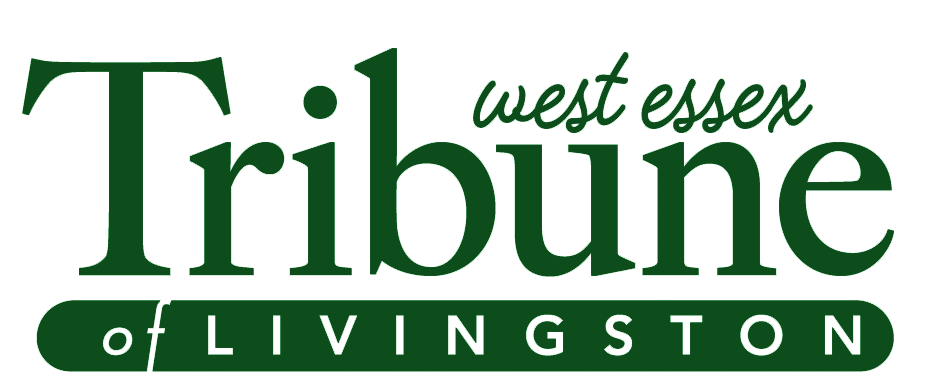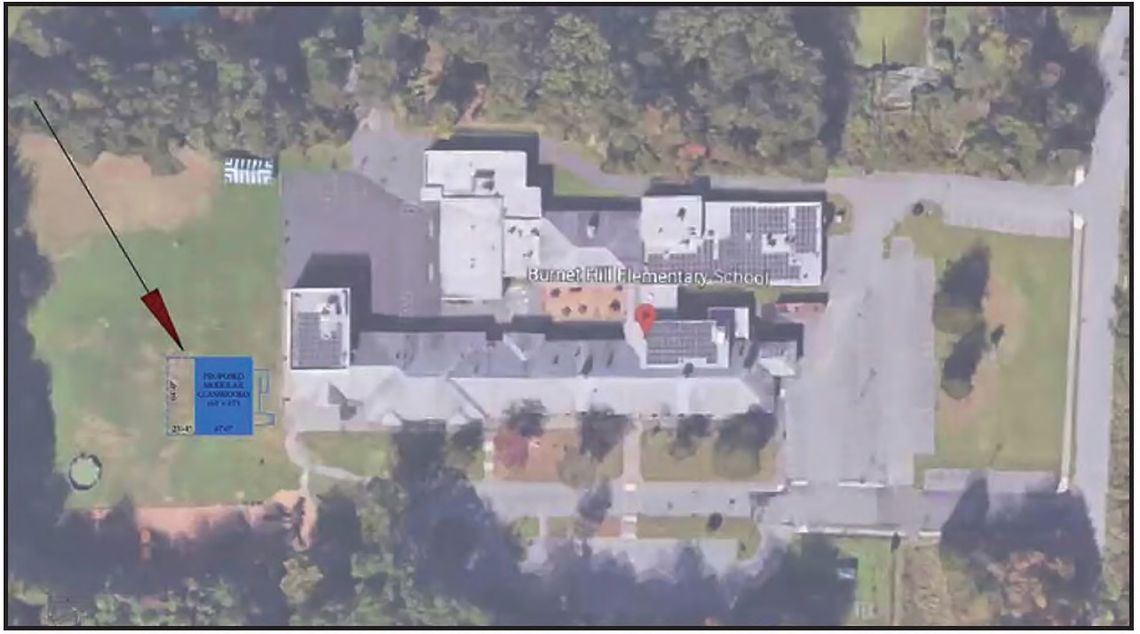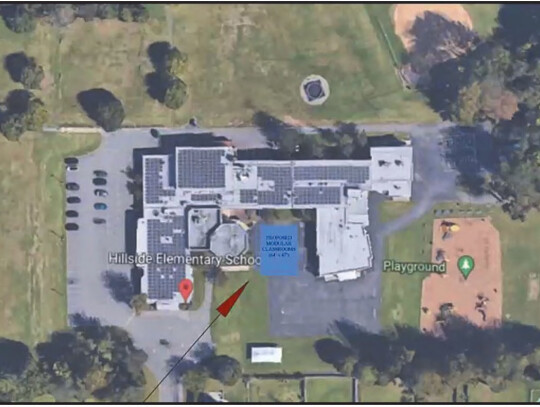Livingston’s Board of Education reviewed the proposed 2023-24 school budget at its meeting on Monday, March 6. The review showed a primary investment in personnel, student support and reconciling with increasing enrollment within the budget.
The draft budget factors in the district’s five-year strategic plan and goals, including safety and wellness; teaching and learning; leadership and governance; community and culture; and finance and facilities.
As the Board looks to meet its goals, challenges must be resolved. Superintendent Matthew Block and business administrator Michael Davison presented how the district is improving, and ways its new budget can curtail current issues as enrollment hikes. The district would be working from a preliminary total of $144,609,861, which includes a general funding of $134,442,093.
“Our enrollment continues to hit an upward trend throughout the year. Initial signs show that our enrollment for next year will be significant,” Block said. “So, as we have more kids and more sections, we need more teachers to cover those sections.”
The proposed budget includes funding nine positions to expand personnel, specifically: a physical education teacher at the elementary level; school counselor at Livingston High School; English Second Language (ESL) teacher at the district level; .6 math teacher at Heritage Middle School; general education math teacher at Mt. Pleasant Middle School; science, technology, engineering, art, and math (STEAM) teacher at the elementary level; and three possible general education teachers at the elementary level to keep class sizes low.
Block reported that the district’s English Language Learner (ELL) population has increased by more than 50 percent. Its specialized staff has not increased, and general education teachers have “expressed the need for support.”
Heritage Middle School and Livingston High School currently do not have a designated ESL teacher.
Block also found an increase of Math Lab enrollment, which is an additional period of math instruction. It is the only subject that is leveled at Mt. Pleasant Middle School and, as more students enter the district, math classes are becoming highly enrolled, making “scheduling very difficult.”
As STEAM rises in popularity among students, another teacher would reportedly allow current teachers – who teach multiple sections – to return to their primary responsibilities.
“This is a message that has come loud and clear from this group of teachers,” Block said.
Three additional elementary school teachers would aid the district in creating two sections to its kindergarten classes, K1 and K2, although Block says this is secondary.
“Of course, we don’t have to add those sections,” he said. “But we’ve budgeted to add those sections. That would be part of the blueprint.”
Each school counselor has seen an additional 20 students added to their caseload. Block proposes another counselor position to reduce caseload numbers and “continue to provide the high level of service that we want our students to have, and that our students and our families demand.”
New Learning Environments
Last month, Block and Davison presented a budget preview for the upcoming academic year, which included a proposal to build modular structures on site. The two offered a thorough assessment of the project to the Board during Monday’s meeting.
The modular units are proposed to be built at Riker Hill School and Hillside School, which is most “centrally located” for student convenience. The modular units would also allow the district to expand its pre-K program to a full-day program.
“Our goal is to use these modular units as much as possible for offices, or small group instruction spaces,” Block said. “Keep as many of our general education classrooms in the building so there’s as little traveling back and forth from the modulars to the main school as possible.”
Last year, the district converted two storage areas into classrooms at Livingston High School. Block recommended that the Board repeat this approach to further expand space.
Current classrooms and buildings also require maintenance. Among top priority within the new budget are: enhancing door access systems, worn carpeting, and replacing a 2001 boiler. Davison explained that state aid would likely be granted for a boiler replacement.
In adopting an “active learning environment” which Block had devised with teachers in the past, he proposes that classrooms have the resources to offer “collaborative learning… in different groups and formats.”
Board member Seth Cohen asked Block to work with teachers in seeing what they presently need to enhance students’ learning experience.
Funds
Taxpayers fund 85 percent of the district’s revenue, and roughly 76 percent of the money is expensed on “instruction and pupil.” State aid has increased by 19.25 percent, granting the district $8,787,890 for the 2023-24 academic year.
The district’s general fund increased 2.5 percent and its debt has decreased by .35 percent, and stands at $7.7 million.
Special education costs have increased 3.4 percent, which is close to the overall budget increase. Yet, filling open specialized teaching positions remains a goal, as “needs increase,” Block said.
The tax levy remains at a two percent cap, which has been maintained since 2010. Davison explained that the district is still in negotiations about salary and health insurance, though it may “encumber the two percent.”
“Big cost drivers... that really affect our budget [are] our salaries and our health benefits, which are both increasing... or have increased over two percent. Our health benefits this year actually increases by 15.1 percent,” Davison said. “Other increases that we’re seeing are structural supplies and technology.”
The tax levy has a two percent cap, but the district has an allowable increase of five percent, due to enrollment increase, health benefit increase and funds expiring this year. Davison reports that the tax impact on a $700,000 Livingston home is an increase of $129 per year.
The Board will be voting on the budget at its next meeting on Tuesday, March 14. Members proposed to move the anticipated March 21 meeting to Monday, March 20.
Executive Session
The Board held a closed executive session at 6 p.m. during Monday’s meeting. It reportedly discussed Harassment, Intimidation and Bullying (HIB) training, as well as personnel.
During the regular meeting, the Board noted 12 HIB incidents reported during the month of October. Board President Vineeta Khanna said the Board will look into it.




